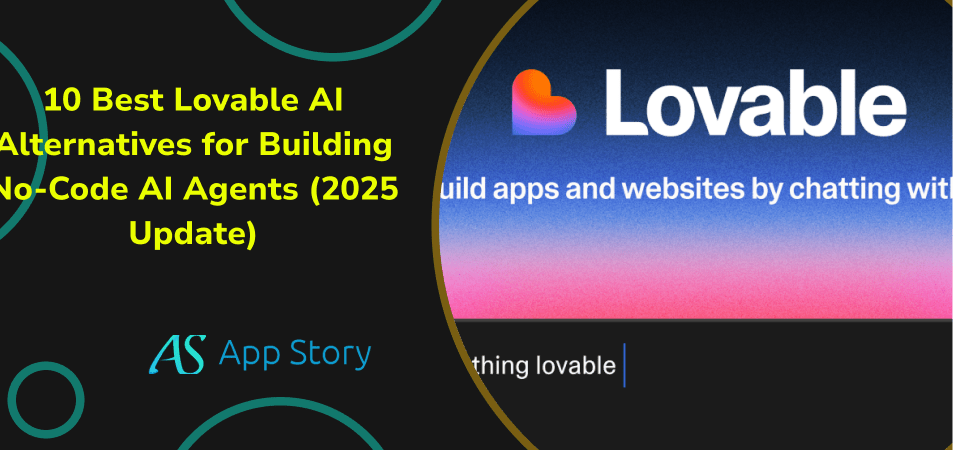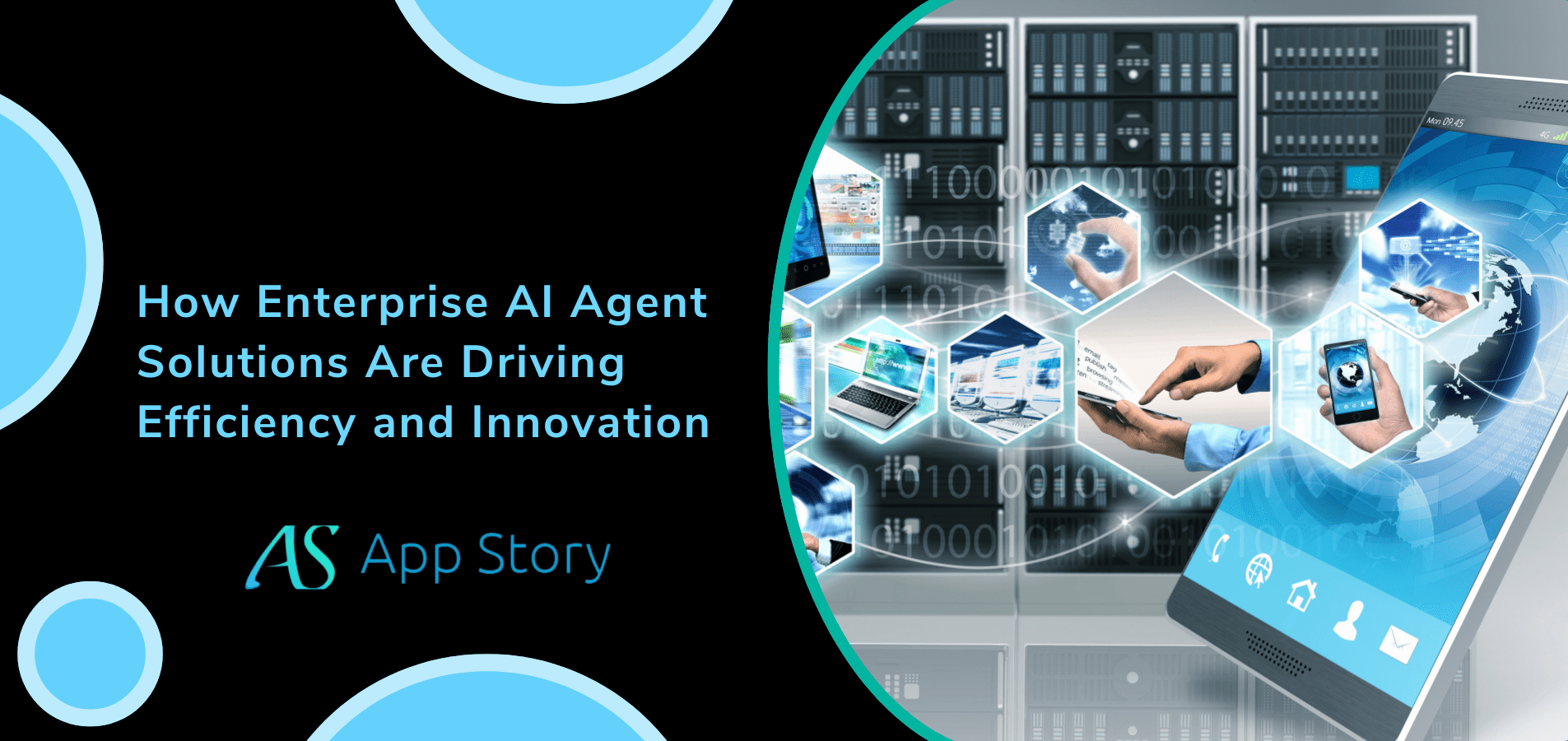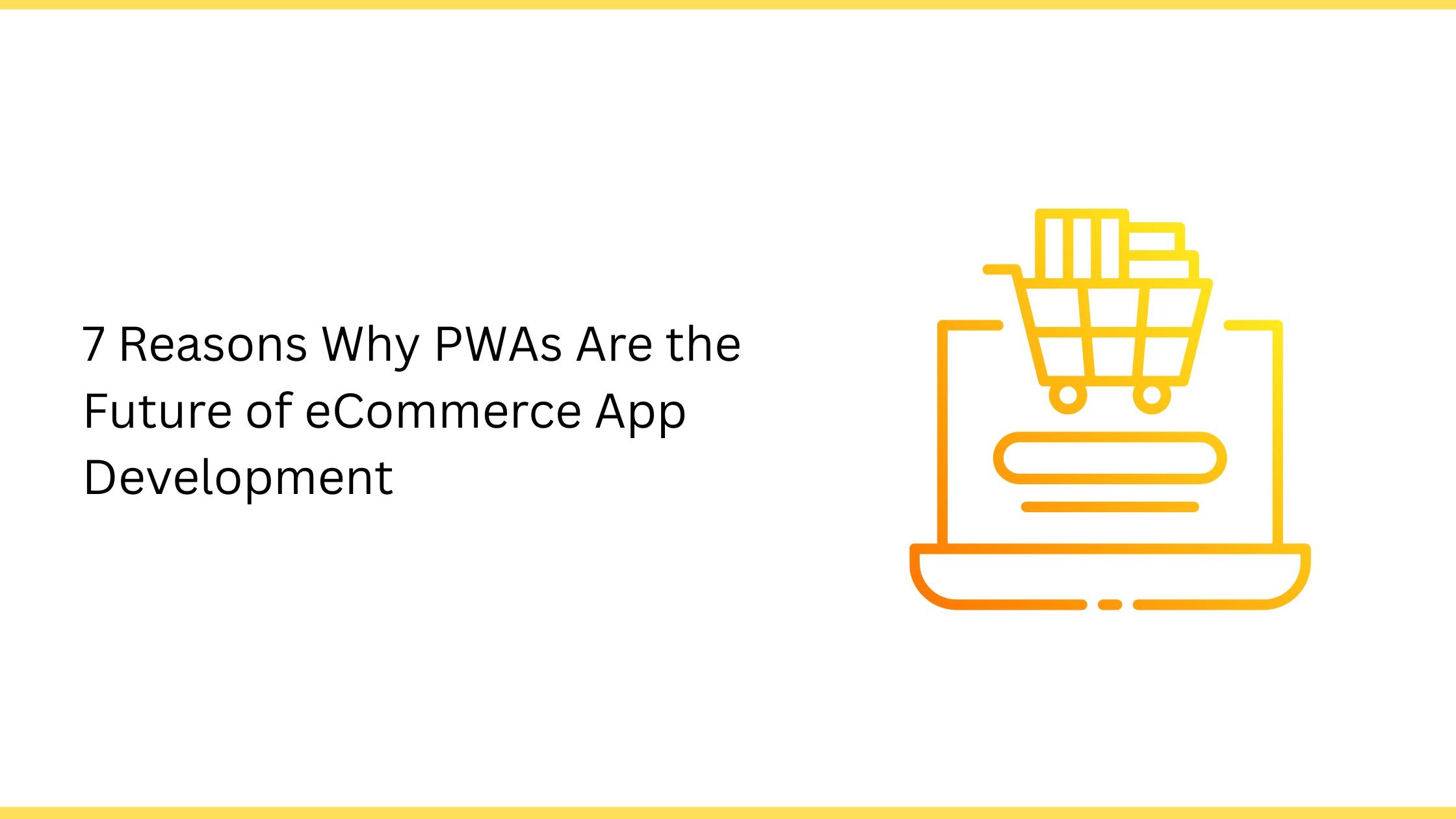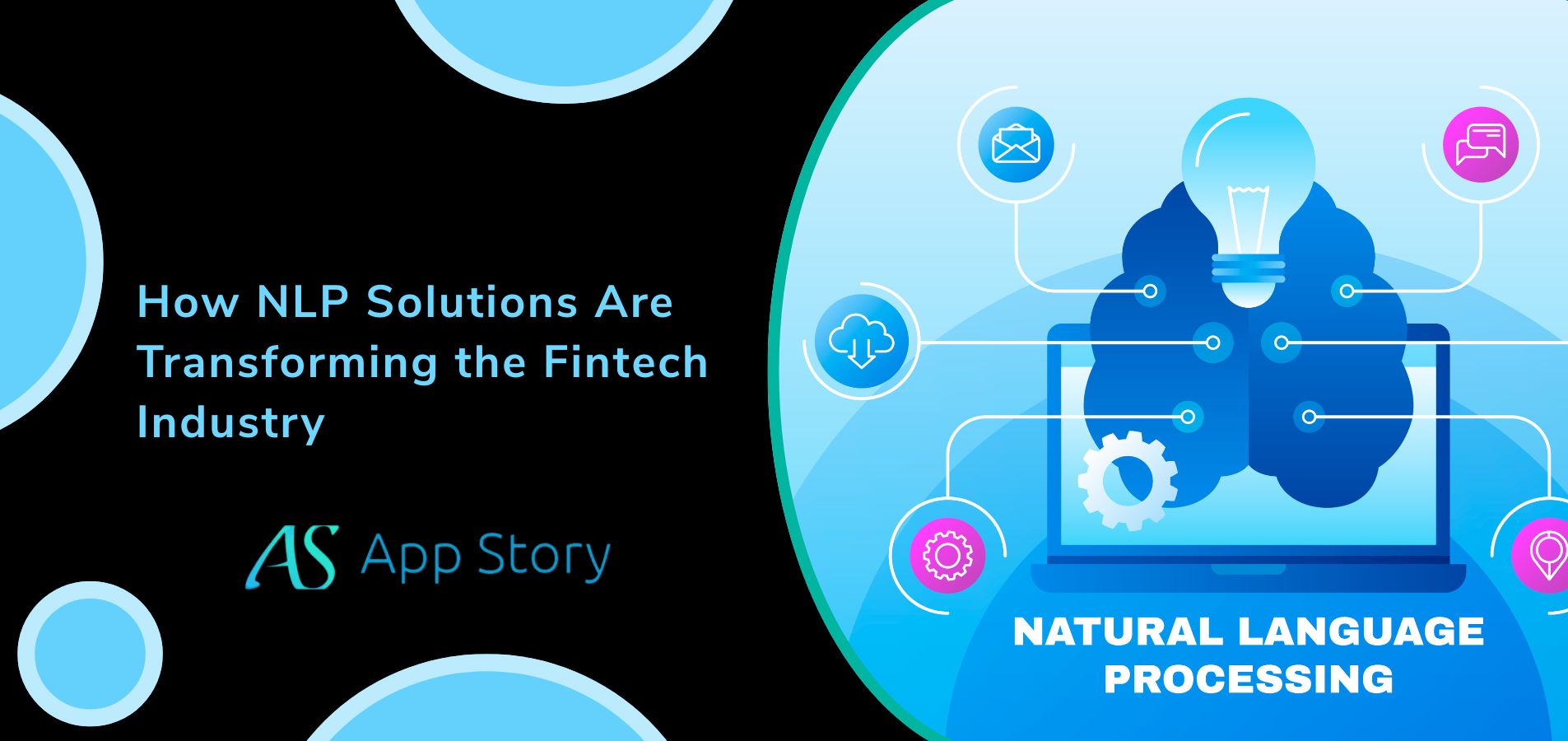The era of artificial intelligence is no longer confined to data science labs and developer-only environments. Thanks to the rise of no-code platforms, anyone with a great idea can build powerful, custom AI solutions. One of the platforms that captured the imagination of many is Lovable AI, celebrated for its simplicity in creating AI agents that connect to your business data.
Lovable AI made it incredibly easy to build internal assistants that could answer questions from Slack, Notion, or Google Drive. However, as the no-code AI landscape explodes with innovation, you might find yourself needing more power, different integrations, specific features, or a more flexible pricing model.
Whether you’re looking to build sophisticated customer-facing chatbots, complex internal workflow automations, or full-fledged AI-powered web applications, there’s an alternative out there for you. This guide will walk you through the 10 best Lovable AI alternatives, giving you a detailed look at their features, pros, cons, and ideal use cases to help you make the right choice.
What is Lovable AI and Why Look for an Alternative?
At its core, Lovable AI is a no-code platform designed to create custom AI “agents” or “teammates.” Its primary strength lies in its ability to securely connect to a company’s internal knowledge bases—like Google Workspace, Slack, Notion, and Confluence—and build a conversational AI that can answer questions and perform simple tasks based on that data.
Key Strengths of Lovable AI:
- Extreme Simplicity: Its user interface is clean and straightforward, making it accessible to non-technical users.
- Internal Tool Focus: It excels at creating AI assistants for internal teams to improve productivity and knowledge access.
- Secure Data Connections: It prioritizes secure connections to your sensitive company data.
So, why would you need an alternative?
- Need for More Customization: You may need more control over the AI’s logic, conversation flow, or user interface.
- External-Facing Applications: Your goal might be to build a customer support chatbot for your website, which requires different features like live agent handoff and CRM integration.
- Advanced Workflow Automation: You want to build AI agents that do more than just answer questions—you want them to trigger multi-step actions across various applications.
- Scalability and Pricing: As your usage grows, you might find Lovable’s pricing model restrictive or need a platform that offers more robust scalability.
- Broader App-Building Capabilities: You want to embed your AI into a custom-built web or mobile application.
With these needs in mind, let’s dive into the best alternatives on the market.
The Top 10 No-Code Alternatives to Lovable AI
1. Zapier Central
Overview:
From the king of no-code automation, Zapier Central is a brand-new take on AI agents. Instead of just being a knowledge base, Central allows you to build AI bots that can take action across Zapier’s immense library of over 6,000+ app integrations. You can give your bot a directive in plain English, connect it to data sources, and grant it permission to trigger Zaps (automations). It’s a direct and incredibly powerful competitor to Lovable’s vision, but with a focus on action.
Key Features:
- Natural Language Bot Building: Describe what you want your bot to do, and Zapier helps build it.
- Action-Oriented AI: Bots can trigger any Zap, from sending emails and creating calendar events to updating CRM records and posting to social media.
- Instant Data Sources: Connect your bot to Google Docs, Notion, Slack, or provide it with custom tables of data to use as a knowledge base.
- Conversational Interface: Interact with your bots via a chat interface to delegate tasks.
Pros:
- Unmatched integration library (6,000+ apps).
- Focuses on automation and taking action, not just answering questions.
- Built on a trusted, robust, and scalable platform.
Cons:
- Currently in early access, so features are still evolving.
- Less focused on building standalone, embeddable chatbots for websites.
Pricing:
Zapier Central is available on Zapier’s paid plans, which start at around $19.99/month (billed annually). Usage is based on the number of tasks your bots run.
Best for: Businesses already invested in the Zapier ecosystem who want to add an AI-powered conversational layer to their existing automations and create powerful task-oriented agents.
2. Voiceflow
Overview:
Voiceflow is a market leader in designing, prototyping, and launching advanced conversational AI agents. While Lovable is simple, Voiceflow is powerful and collaborative. It provides a visual drag-and-drop canvas where you can map out complex conversation flows, manage user inputs, set conditions, and integrate APIs. It’s the go-to choice for building truly professional chatbots and voice assistants.
Key Features:
- Visual Conversation Design: A powerful canvas for mapping out every turn of a conversation.
- Knowledge Base AI: Similar to Lovable, you can upload documents, websites, and text to create a knowledge base that the AI can use to answer questions.
- Advanced Logic: Use conditions, variables, and API calls to create dynamic and personalized user experiences.
- Multi-channel Deployment: Build once and deploy your agent to your website, WhatsApp, Slack, Alexa, Google Assistant, and more.
Pros:
- Extremely powerful and flexible for designing complex conversations.
- Excellent for both internal and external-facing chatbots.
- Strong collaboration features for teams.
Cons:
- Has a steeper learning curve than Lovable AI.
- Can be more expensive for advanced features and high-volume usage.
Pricing:
Offers a free plan for individuals. Pro plans start at $50/month per editor, with enterprise plans available for larger teams.
Best for: Teams and individuals who need to build sophisticated, custom-branded customer support or lead generation chatbots for multiple channels.
3. Glide
Overview:
Glide takes a different approach. It’s a no-code platform for building beautiful, data-driven web and mobile applications from sources like Google Sheets, Airtable, or its own internal database. Where Glide shines as a Lovable alternative is its seamless integration of AI features directly into the apps you build. You can create an internal tool for your sales team that not only displays CRM data but also uses AI to summarize meeting notes, draft follow-up emails, or extract entities from text.
Key Features:
- App Builder with Integrated AI: Add AI-powered components directly into your custom apps.
- AI-Powered Computations: Features like “Text to Image,” “Summarize Text,” “Extract Information,” and “Generate Text” can be run on your data within the app.
- Data-First Approach: Turns your existing spreadsheets and databases into functional, interactive applications.
- Internal and External Tools: Perfect for building internal dashboards, client portals, and simple mobile apps.
Pros:
- Creates fully functional apps, not just chatbots.
- Extremely easy to get started if your data is in a spreadsheet.
- Beautiful, polished user interface out-of-the-box.
Cons:
- Less focused on open-ended conversational AI. The AI is more component-based.
- Customization can be limited compared to a full-stack development environment.
Pricing:
Offers a free plan. Paid plans with more features, data, and AI credits start from $25/month.
Best for: Building data-driven internal tools and simple client-facing apps that need specific, integrated AI functionalities rather than a general-purpose chatbot.
4. Mind-Studio.ai (by YouAI)
Overview:
Mind-Studio is perhaps the most direct spiritual successor to Lovable AI’s core promise: letting anyone build and monetize custom AI applications. It’s a no-code platform specifically designed for creating everything from simple content generators and data analysis tools to complex, multi-step AI agents. It gives you fine-grained control over the prompts, models (GPT, Claude, etc.), and data sources your AI uses.
Key Features:
- Visual AI Workflow Builder: Chain together different AI models, logic blocks, and data sources to create complex automations.
- Multiple AI Models: Easily switch between different large language models (LLMs) to find the best one for your task.
- Data Source Integration: Connect to websites, documents, YouTube videos, and more to ground your AI in specific knowledge.
- Monetization Ready: Provides a gallery where you can publish and even charge for the AI apps you build.
Pros:
- Extremely focused on building custom AI applications.
- Offers deep control over the AI’s behavior and underlying models.
- Great for entrepreneurs looking to build and sell specialized AI tools.
Cons:
- Can feel more technical than Lovable AI due to the number of options.
- Primarily focused on building “apps” or “tools” rather than embeddable chat widgets.
Pricing:
Free to start building. Paid plans unlock more features, higher usage limits, and start around $29/month.
Best for: Entrepreneurs and creators who want to build and share highly specialized, custom AI applications with granular control over the AI’s logic.
5. Bubble.io
Overview:
Bubble is the heavyweight champion of no-code web application development. It’s not an “AI builder” out of the box; it’s a platform to build anything without code, including AI-powered applications. With Bubble, you can design your own front-end interface pixel-perfect, create complex database structures, and integrate with any AI API on the market (like OpenAI, Anthropic, or Cohere) via its API Connector.
Key Features:
- Total Design Freedom: Build a completely custom user interface for your application.
- Powerful API Connector: Integrate with any third-party service that has an API, including all major AI models.
- Scalable Backend and Database: Build complex, production-grade applications with user accounts, data management, and workflows.
- Plugin Marketplace: A rich ecosystem of plugins that can simplify AI integrations.
Pros:
- Infinite flexibility and customization. If you can dream it, you can probably build it.
- Builds full-stack web applications, not just agents or widgets.
- Highly scalable for production use.
Cons:
- Very steep learning curve compared to all other options on this list.
- Requires you to manage your own AI API keys and costs separately.
- Overkill for simple internal Q&A bots.
Pricing:
Offers a limited free plan. Paid plans start at around $29/month (billed annually), with pricing scaling based on server capacity.
Best for: Developers and entrepreneurs who want to build completely custom, unique, and scalable AI-powered web applications from the ground up.
6. Chatbase
Overview:
Chatbase does one thing, and it does it exceptionally well: it lets you create a custom ChatGPT-like chatbot from your own data. You simply upload documents (PDFs, .docx), paste text, or add a link to your website, and Chatbase instantly trains a chatbot on that knowledge. It’s the simplest way to get a “chat with your data” bot, making it a fantastic alternative for Lovable’s core knowledge-base feature.
Key Features:
- Effortless Data Upload: Supports multiple file formats and website crawling.
- Customizable Chatbot: Change the base prompt, give your bot a name and personality, and customize the look of the chat widget.
- Simple Website Embedding: Easily embed the chatbot on your website with a few lines of code.
- API Access: Integrate your trained chatbot into other applications.
Pros:
- Incredibly easy and fast to set up.
- Excellent for website support, documentation Q&A, and lead capture.
- Affordable pricing model.
Cons:
- Limited to Q&A; it cannot perform actions or complex automations.
- Less control over the conversational flow compared to Voiceflow.
Pricing:
Offers a free plan with limited messages. Paid plans start at $19/month and scale with message count and character limits.
Best for: Anyone who needs a simple, effective Q&A chatbot for their website or internal documentation with minimal setup time.
7. Make.com
Overview:
Make (formerly Integromat) is a direct competitor to Zapier, but with a highly visual and intuitive workflow builder. You drag and drop “modules” onto a canvas and connect them to create automations. Like Zapier, Make has powerful AI integrations (OpenAI, Anthropic, etc.) that allow you to build sophisticated AI-powered workflows. You can create scenarios that analyze incoming emails, summarize them with AI, and then create a task in your project management tool.
Key Features:
- Visual Workflow Builder: A beautiful and intuitive canvas for seeing your entire automation at a glance.
- Extensive App Library: Integrates with thousands of popular applications.
- Powerful AI Modules: Pre-built modules for OpenAI and other services make it easy to inject AI into any step of your workflow.
- Complex Logic and Data Handling: Offers robust tools for routing, filtering, and manipulating data within your automations.
Pros:
- The visual interface is preferred by many for understanding complex workflows.
- Often more cost-effective for high-volume operations compared to Zapier.
- Excellent for data transformation and complex, multi-step processes.
Cons:
- Does not have a dedicated “AI Agent” builder like Zapier Central.
- The learning curve can be slightly higher than Zapier for simple tasks.
Pricing:
A generous free plan is available. Paid plans start at a very accessible $9/month.
Best for: Visually-minded builders who need to create complex, multi-step backend automations that are enhanced by AI at specific points.
8. Botpress
Overview:
Botpress is an open-source conversational AI platform that gives you the best of both worlds: a user-friendly visual builder and the full power of code for extensibility. It’s designed for developers and power users who need to build highly customized and reliable chatbots. The new version, Botpress Cloud, has made it more accessible than ever for no-code builders.
Key Features:
- Visual Flow Builder: A clean drag-and-drop interface for designing conversations.
- Open Source & Extensible: Developers can create custom integrations and actions.
- Built-in NLP: Manages natural language understanding without relying solely on external models.
- Botpress GO: A new feature to instantly create a chatbot from your website content, similar to Chatbase.
Pros:
- Highly extensible and customizable for developers.
- Generous free tier for getting started.
- Combines the ease of a visual builder with the power of code.
Cons:
- Can be more complex than purely no-code tools.
- Best features are unlocked with some technical know-how.
Pricing:
Offers a very generous free plan with 1,000 monthly messages. Pay-as-you-go pricing applies after that.
Best for: Startups and developers who want a powerful, scalable, and customizable chatbot platform that can grow with their technical needs.
9. Stack AI
Overview:
Stack AI is a low-code platform for building and deploying AI-powered applications by chaining together LLMs, data sources, and vector databases. It’s more technical than Lovable but less so than raw coding. It’s perfect for creating AI workflows that involve multiple steps of data processing, such as document analysis, information extraction, and chained AI prompts.
Key Features:
- Visual Data Flow: Connect LLMs, data loaders, output parsers, and vector stores in a visual interface.
- Support for Multiple Models: Integrates with OpenAI, Anthropic, Cohere, open-source models, and more.
- Built for Data Processing: Excels at creating applications that read, understand, and transform large amounts of data.
- Deployable as an API: Turn your entire AI workflow into an API endpoint you can call from other applications.
Pros:
- Excellent for complex, multi-step AI data processing tasks.
- Provides a high degree of control over the AI pipeline.
- Supports a wide range of models and data tools.
Cons:
- Requires a basic understanding of AI concepts like vector databases and LLMs.
- Not ideal for building user-facing interfaces directly.
Pricing:
Pricing is usage-based, often calculated per run or per thousand tokens processed.
Best for: Technical users and data scientists who need to build sophisticated AI data processing pipelines and deploy them as APIs.
10. Softr
Overview:
Similar to Glide, Softr is a no-code platform for building web apps and client portals, with a particularly strong integration with Airtable and Google Sheets. It allows you to create secure, logged-in experiences for your users. Recently, Softr has integrated AI features, allowing you to build tools like a “Marketing Copy Generator” or a “Content Summarizer” directly into the portals you create for your team or customers.
Key Features:
- Easy App Building from Airtable/Google Sheets: The best way to build a front-end for your Airtable data.
- Integrated AI Actions: Generate text, images, and more directly within your Softr app.
- Secure User Portals: Create apps with user-specific permissions and login capabilities.
- Pre-built Templates: A wide range of templates for directories, internal tools, and client portals.
Pros:
- Incredibly fast to build beautiful apps from your existing data.
- Perfect for creating internal tools and secure client portals.
- Seamless Airtable integration is a major plus for many businesses.
Cons:
- AI features are more component-based than conversational.
- App design is template-based, offering less freedom than Bubble.
Pricing:
Offers a free plan. Paid plans start at $49/month (billed annually) for more features and records.
Best for: Businesses that use Airtable as their single source of truth and want to build secure internal tools or client portals with integrated AI features.
Comparison Table at a Glance
| Tool | Best For | Key Differentiator | Pricing Model |
| Zapier Central | Action-oriented AI agents & workflow automation | Massive 6,000+ app integration library for taking action | Subscription (part of Zapier plans) |
| Voiceflow | Professional, multi-channel conversational AI | Advanced visual canvas for complex conversation design | Freemium, Per-Seat Subscription |
| Glide | Data-driven internal tools & simple mobile apps | Turns spreadsheets into beautiful apps with built-in AI | Freemium, Subscription |
| Mind-Studio | Building and monetizing custom AI apps | Deep control over AI models and workflow logic | Freemium, Subscription |
| Bubble.io | Building full-stack custom AI web applications | Total design freedom and limitless API integration | Freemium, Usage-based Subscription |
| Chatbase | Simple “chat with your data” website bots | Unbeatable speed and simplicity for knowledge bots | Freemium, Message-based Subscription |
| Make.com | Visual, complex backend AI automations | Highly visual workflow builder, cost-effective | Freemium, Usage-based Subscription |
| Botpress | Extensible, developer-friendly chatbots | Open-source core, combines visual & code-based building | Generous Free Tier, Pay-as-you-go |
| Stack AI | Advanced AI data processing pipelines | Visual chain of LLMs and vector databases for APIs | Usage-based |
| Softr | Secure internal tools & client portals from Airtable | Deepest integration with Airtable for app building | Freemium, Subscription |
How to Choose the Right Lovable AI Alternative for You
With so many powerful options, choosing the right one can feel daunting. Here’s a simple framework to guide your decision:
- Define Your Primary Use Case: What is the single most important thing you need your AI to do?
- Internal Q&A: If you just want to replicate Lovable’s core feature, Chatbase is the fastest and simplest option.
- External Customer Support: You need the advanced conversational design and multi-channel support of Voiceflow or Botpress.
- Automating Business Tasks: You need an action-oriented agent. Zapier Central is the clear winner here.
- Building an Internal Dashboard/Tool: Your data lives in a spreadsheet. Glide or Softr will turn it into a functional app with AI features.
- Building a Unique, Public-Facing AI App: You have a specific idea for a SaaS tool. You need the power of Bubble.io for the front-end or Mind-Studio for a specialized tool.
- Evaluate Your Technical Comfort Level:
- True No-Code: If you want the simplest, most intuitive experience, stick with Glide, Chatbase, or Zapier Central.
- Low-Code / Power User: If you’re comfortable with concepts like APIs and logic flows, Voiceflow, Make.com, and Mind-Studio offer more power.
- “No-Code” with a High Ceiling: If you’re willing to invest significant time to learn a powerful platform, Bubble.io offers the highest reward.
- Consider Your Ecosystem:
- Do you live and breathe in Zapier or Make.com? Choose their AI solutions to leverage your existing workflows.
- Is Airtable your company’s brain? Softr is tailor-made for you.
- Is your team full of developers who might want to extend the tool later? Botpress is the perfect bridge.
Conclusion
Lovable AI paved the way by showing us how accessible and useful custom AI agents can be. But the no-code AI revolution it helped start has now blossomed into a diverse and powerful ecosystem of tools. The “best” alternative is the one that aligns perfectly with your vision, your data, and your goals.
The journey from a simple Q&A bot to a fully automated AI teammate that can interact with all your business applications is now possible without writing code. The tools are here. The only remaining question is: what will you build?






 United States
United States United Kingdom
United Kingdom India
India Canada
Canada Singapore
Singapore















![10 Benefits of the Internet of Things You Should Know [2025]](https://cdn-dkjjl.nitrocdn.com/LPyQRQuQQgeCWnCNuygqLTfDwWSgOhAI/assets/images/optimized/rev-dfb6f24/www.appstory.org/wp-content/uploads/2025/03/ATS-10-Benefits-of-the-Internet-of-Things-You-Should-Know-2025@2x-80x60.png)




















